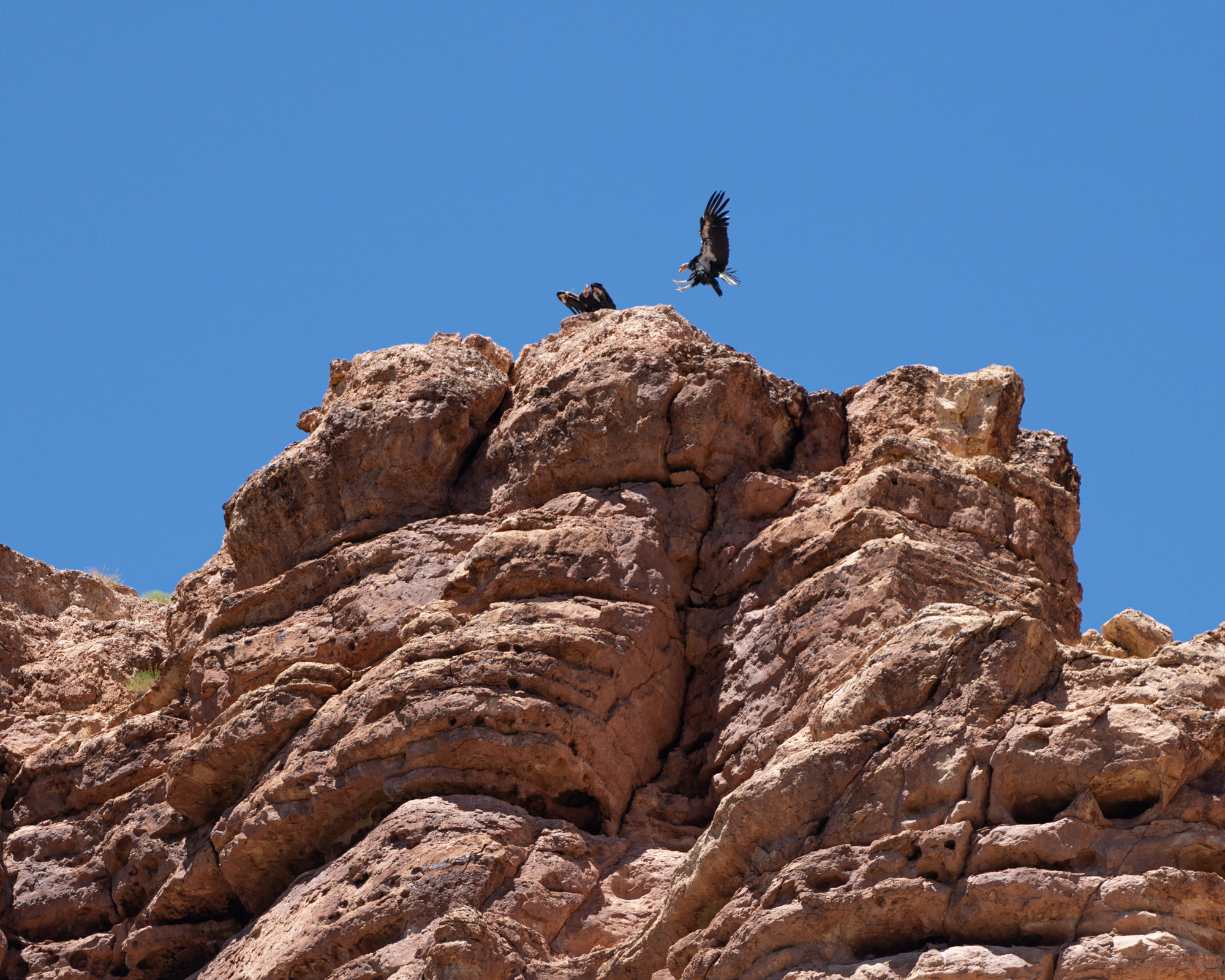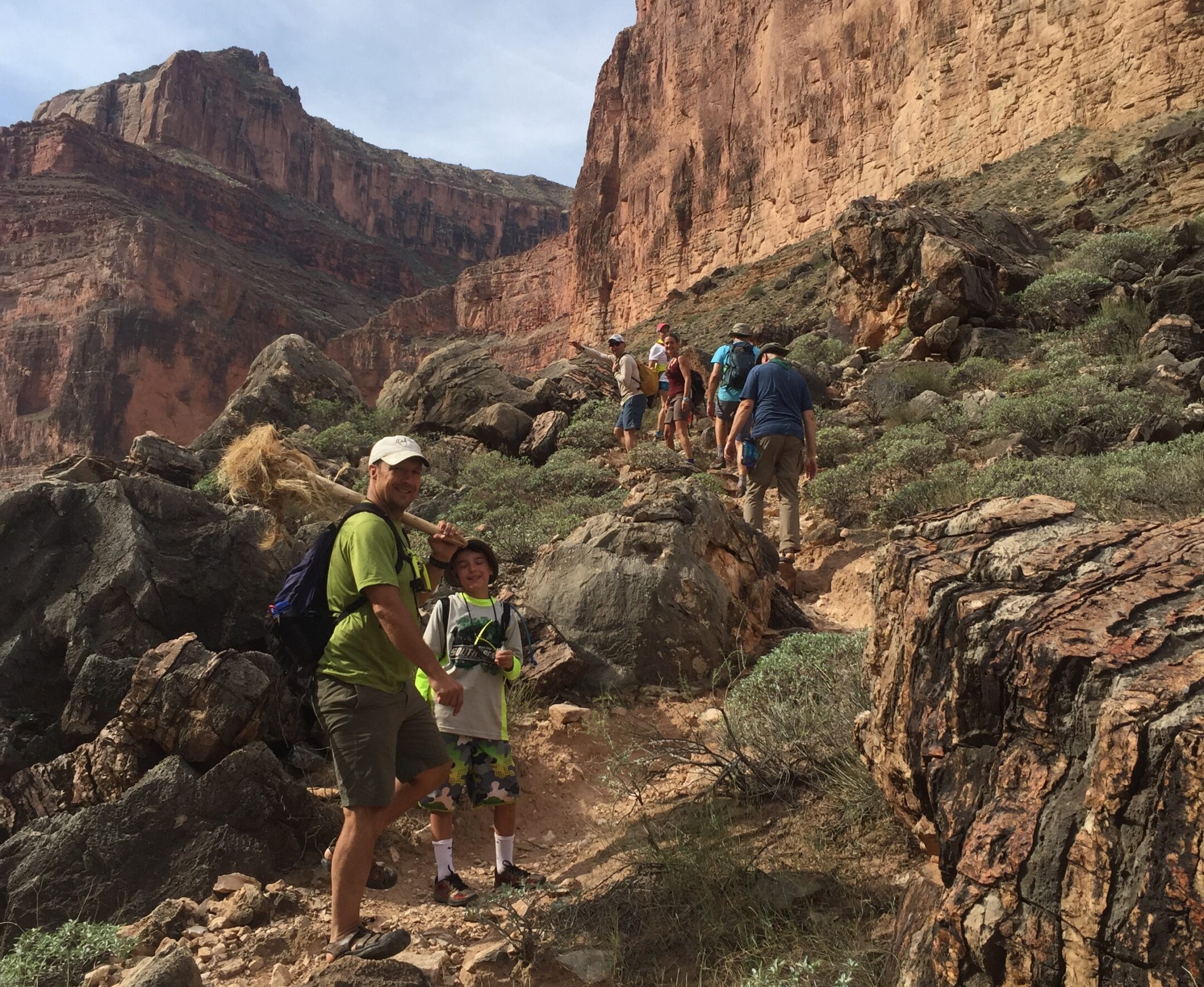Wildlife on Grand Canyon Expeditions: The California Condor
Grand Canyon is home to a diverse sampling of southwestern wildlife. On your Hatch Grand Canyon Expedition keep your eyes open and you may see deer, rams, squirrels, snakes, frogs, and a huge variety of insects and birds. Birds like the California Condor!
The Grand Canyon’s most famous bird, and the one with the most interesting story, is the California Condor (Gymnogyps californianus). This enormous bird is North America’s largest with a wingspan of 9-10ft (that’s almost one and a half of LeBron James from wingtip to wingtip!). These impressive birds can also live up to 60 years in the wild.
As human development in the West progressed, condor numbers declined until only a few dozen of these birds remained. So in 1987, all the remaining California Condors left in the wild (22 in all at that time) were captured and placed in a captive breeding program. This breeding program was largely successful and resulted in condors being released into the wild beginning in 1991.
In Arizona, the Peregrine Fund began releasing birds into the wild in 1996. To date, they have released 162 in total and the year 2014 marked the first observation of a wild-hatched condor chick in Utah. Unfortunately, that was believed to have subsequently died. However, much of the wild population has reached breeding age (about 6-7 years old), and young condors have been observed in the Grand Canyon, Vermillion Cliffs National Monument, Kaibab National Forest, Glen Canyon National Recreation Area, and Zion National Park.
As you pass beneath Navajo Bridge on your Grand Canyon expedition, look up for these rare birds—the bridge is near their release site, and many continue to spend their time in the area. You can tell juveniles from adults by the color of their heads—the young have bald gray heads that turn pink as they reach adulthood. If flying, you can tell condors from other vultures by the white triangles on the undersides of their wings.
Condor Facts:
- Condors can glide at up to 50 miles per hour
- Condors often travel more than 100 miles per day searching for food
- Condors do not always build nests, but instead often lay their eggs on the open ground
- Condors typically lay one egg every two years (but in the breeding program, when eggs are taken from the birds, they will lay more often)




